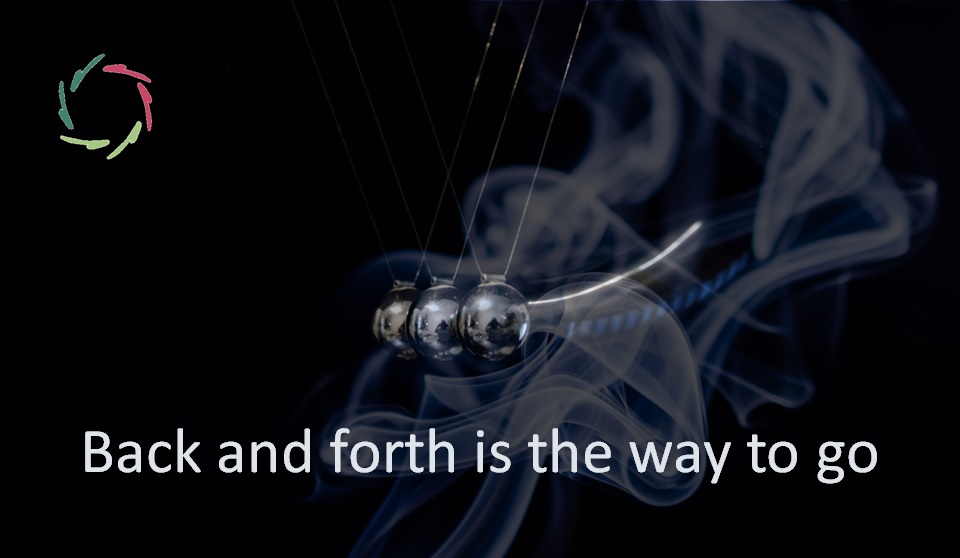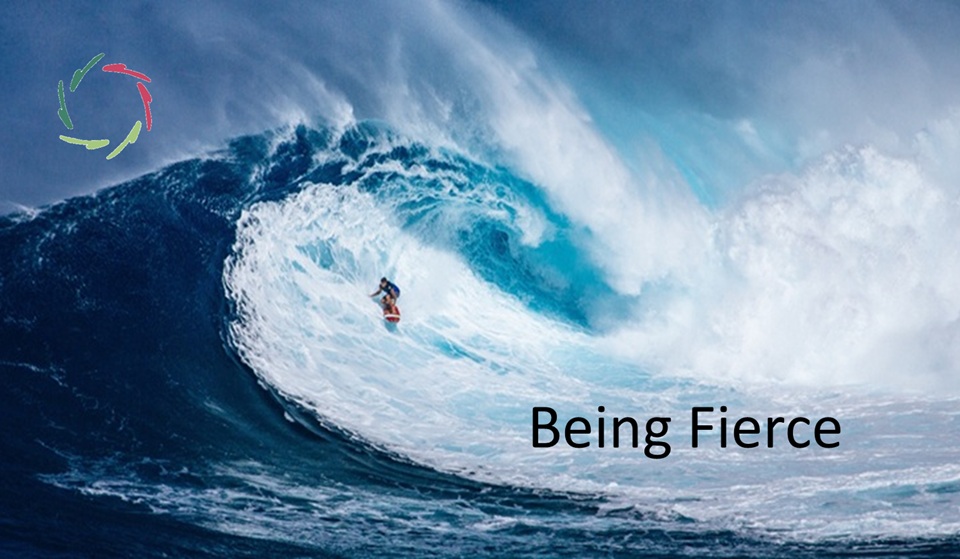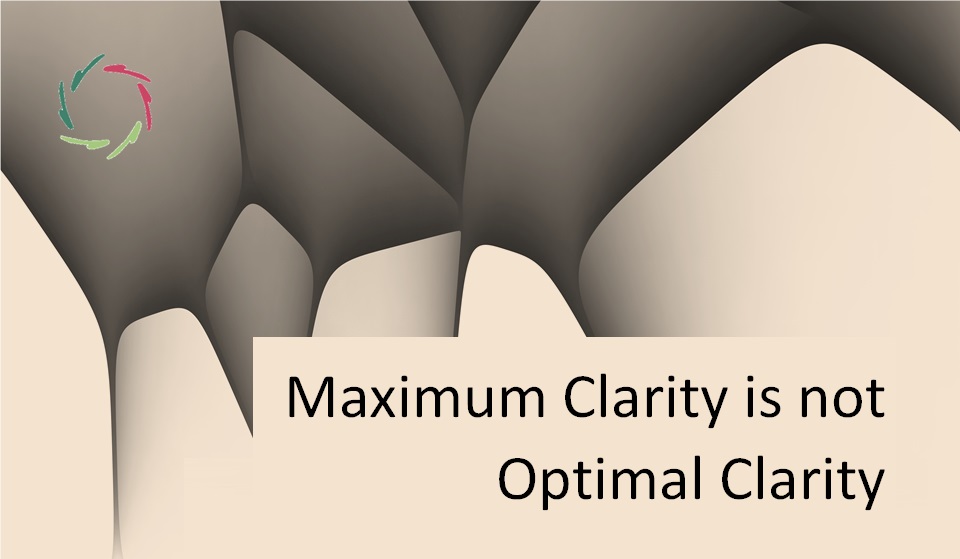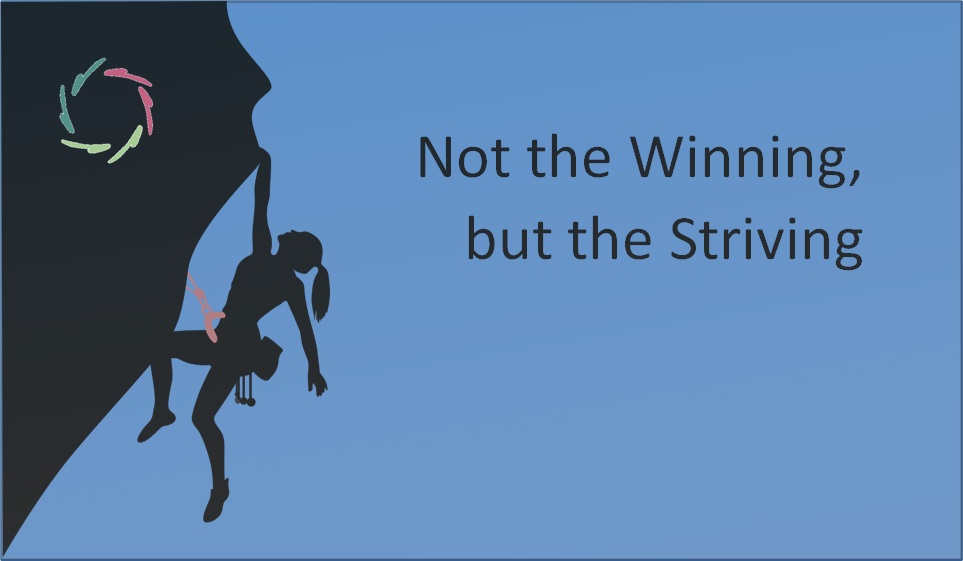Back and forth is the way to go

Alternating between conceptual and subconceptual processing, each time dwelling for a while and carrying the insights to the other side, often proves more productive than remaining on one side or somewhere in-between.
This process can be likened to diving into a vast ocean of creativity and resurfacing with treasures of insight. It enables us to harness the brilliance of our deep non-conscious mind and refine it through our conscious, conceptual thought processes. This principle is broadly applicable across various domains.
Meditation
Returning from deep meditation, one can conceptually ponder original ideas while they are still fresh. This can be deliberately sought as an inspiration engine. It’s akin to an artist or scientist seeking moments of silence to discover fresh ideas and perspectives. In my experience – and logically – this alternation prevents over-contamination, allowing both sides to function optimally.
This can be quite powerful. Alternating far different levels of depth leads to an acutely heightened inspiration as I have also personally experienced several times.
Alternating back and forth is the way to go in-depth.
This aligns with the AURELIS USP of combining rationality and depth. Meditation, as described above, is a profound example.
Intriguingly, forcing one level into the other doesn’t fit. Although the borders are fuzzy, the levels are substantially different. This has been described by others in several ways, such as Kahneman’s system 1 and 2.
The specific method of alternating between the levels isn’t evident. There’s a particular way to do it — difficult to define but certainly related to the Openness I often write about.
Neuroplasticity?
Engaging in this alternating process may also stimulate neuroplasticity, the brain’s ability to reorganize itself by forming new neural connections.
This enhances cognitive flexibility and likely promotes emotional resilience. By switching between these modes, we can train our brain to be more adaptive and responsive to new challenges.
In dialogue with Lisa
A useful approach is to alternate between letting Lisa take a step on one side of the conceptual/subconceptual divide and then taking the next step oneself on the other side. It doesn’t even matter who takes which side.
This interplay can push boundaries, leading to richer, more vibrant experiences of thought and creativity through human-AI cooperation, integrating diverse perspectives and fostering innovative solutions.
Lisa & Lisa
When nudged, Lisa can alternate within herself between different stances, achieving results that are human-like — or even beyond human. The limits of this potential are yet unseen and likely extend beyond singularity (‘better than human’) if given enough time to think.
Let’s head for a future where A.I. and human creativity seamlessly intertwine.


